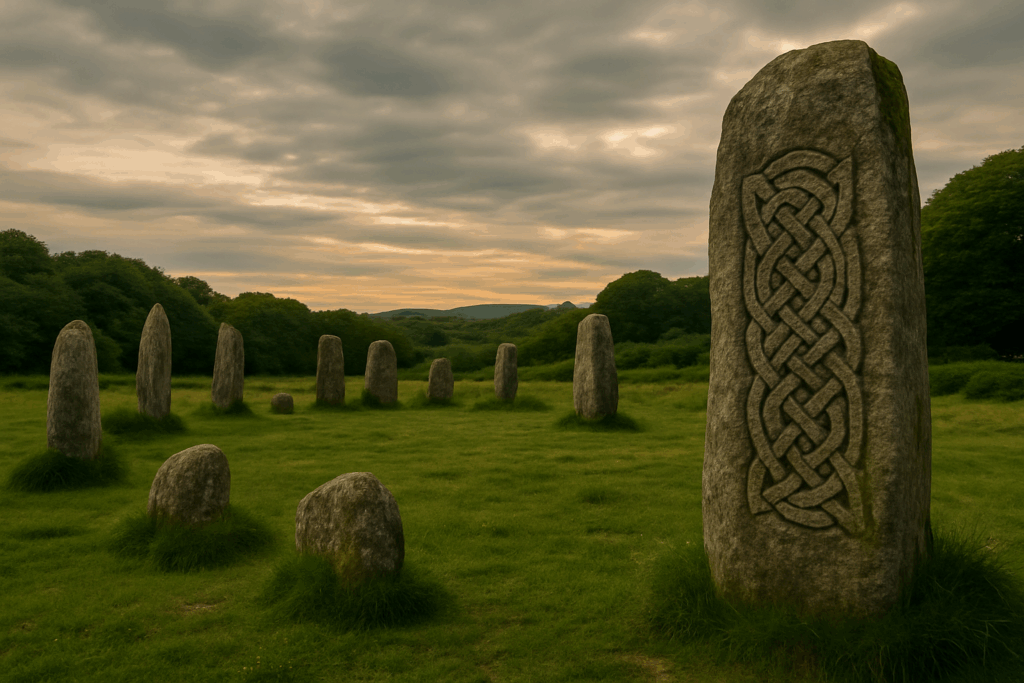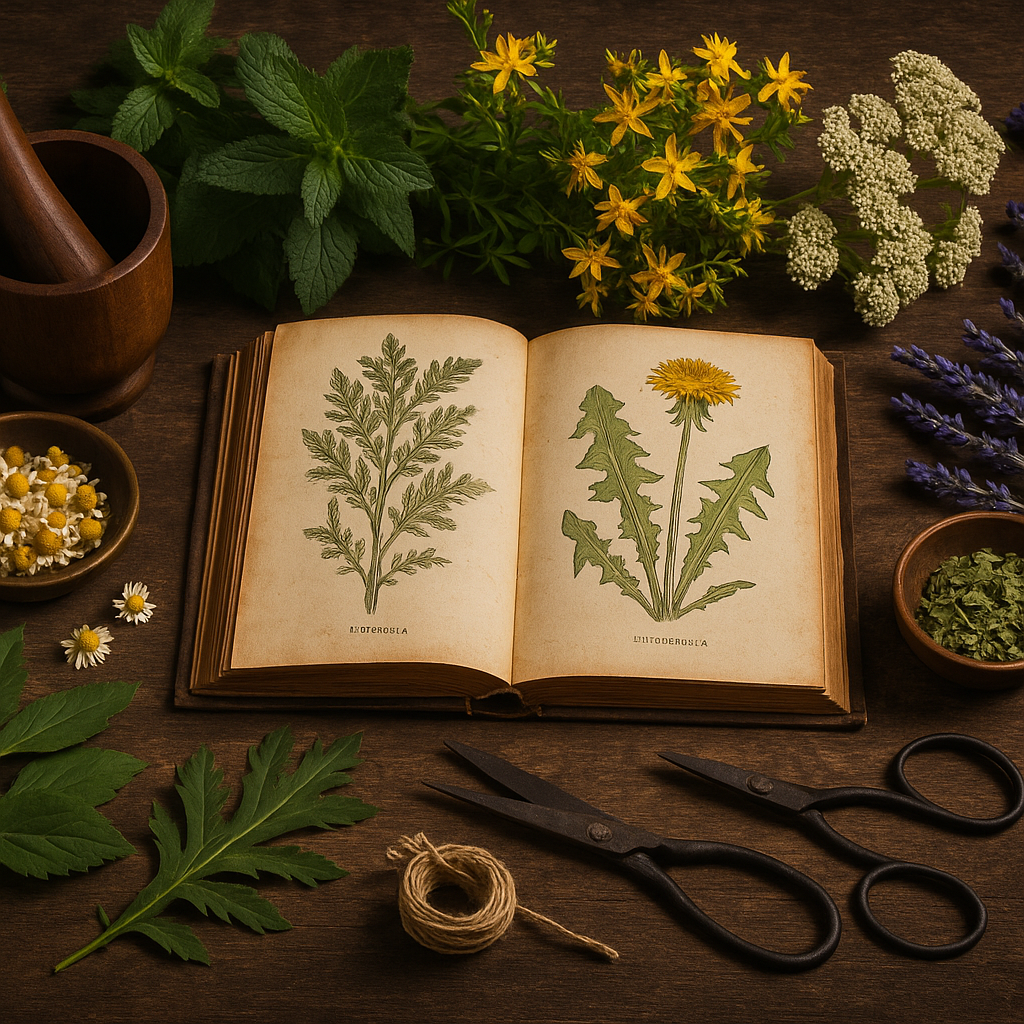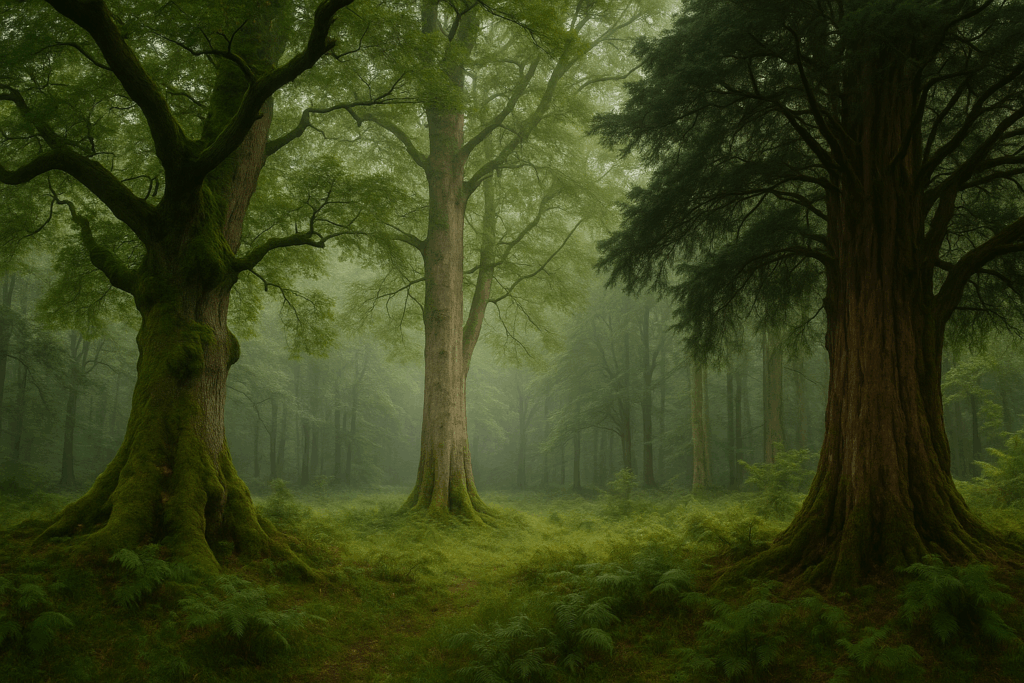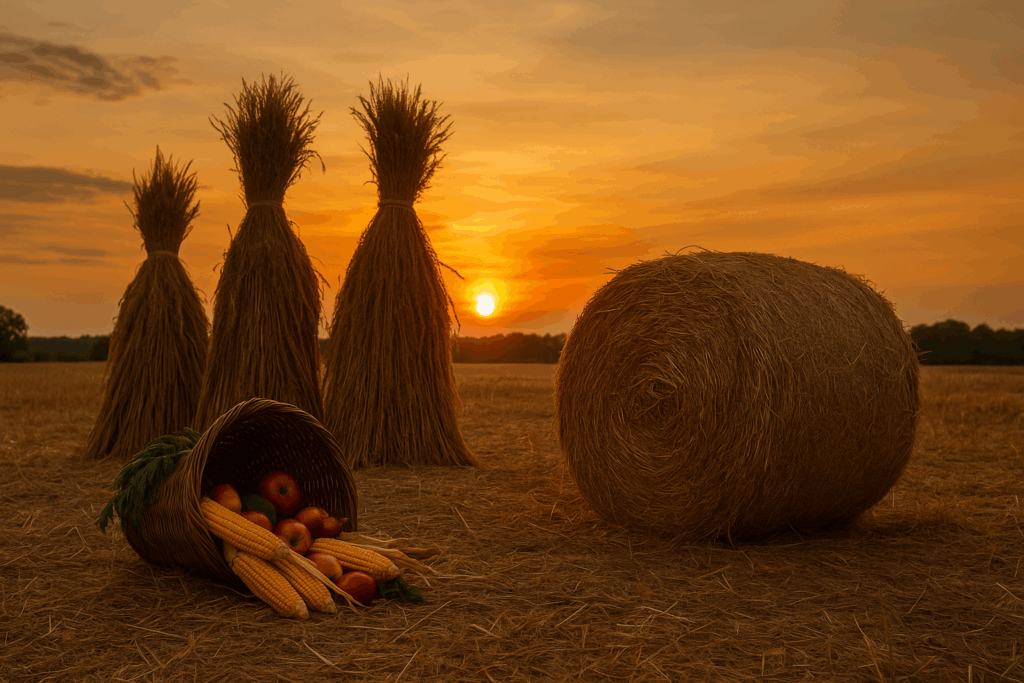🌑 November 15 – Echoes of the Barrow
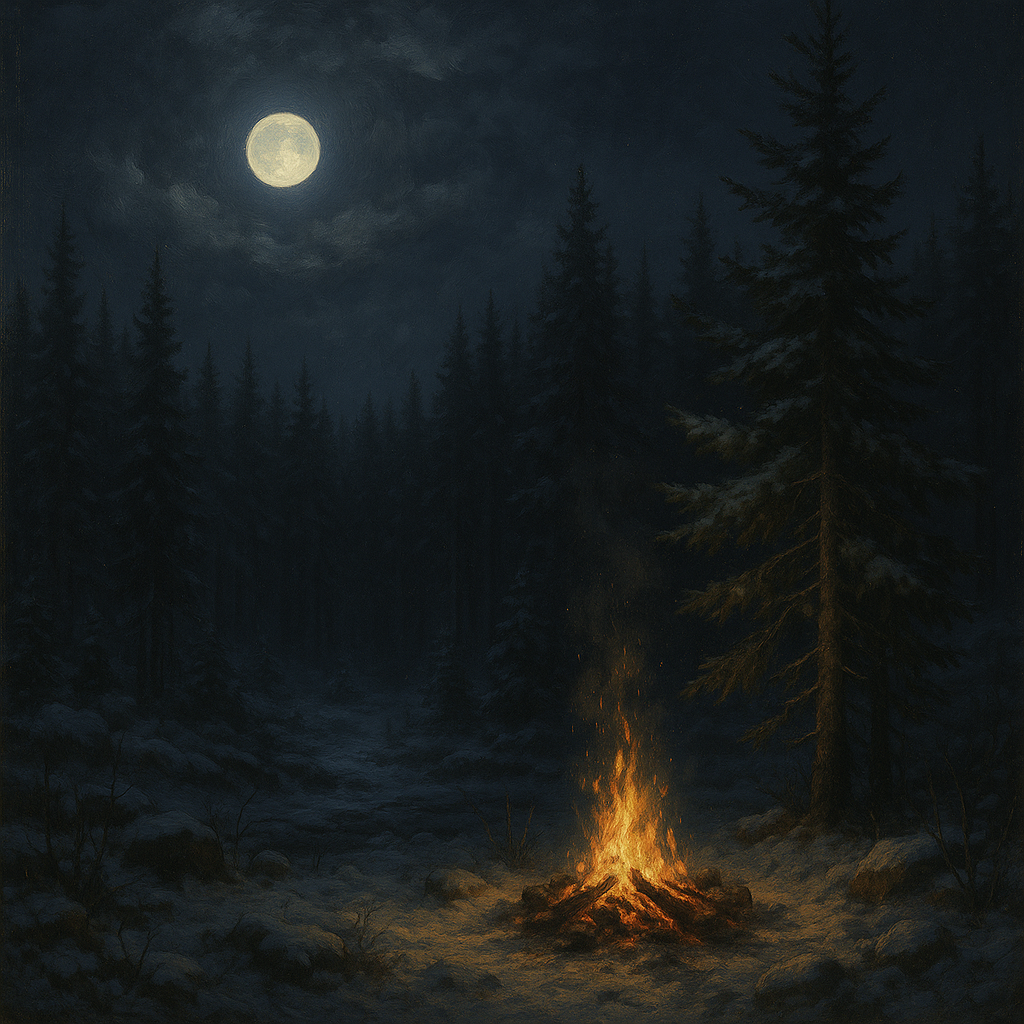
Legends of the dead and the lessons of the underworld.
The frost has deepened now. The air carries a stillness that feels ancient, as though the earth itself holds its breath beneath a blanket of silence. Beneath the fields, beneath the stones, beneath the very bones of the land, something stirs — not in restlessness, but in reverence. On November 15, we honor Echoes of the Barrow, a day to contemplate the mysteries of death, rebirth, and the wisdom carried by the underworld. It is a time to listen to the deep voice of the earth, to the whispers that rise from burial mounds, and to the timeless song of transformation that hums beneath all endings.
A barrow — or burial mound — is more than an ancient grave. It is a womb of stone and soil, a place where the dead return to the embrace of the Mother. Across Celtic lands and northern Europe, barrows were built not only as tombs but as temples — portals to the Otherworld, sacred thresholds between the mortal and the eternal. Within these mounds, the ancestors were not lost; they were interred like seeds, resting in the earth’s dark heart until the cycle turned again. To enter or even stand near a barrow was to stand upon the edge of eternity, to feel the pulse of life in its most mysterious form — hidden, powerful, waiting.
The ancients believed that the dead did not vanish but moved inward — into the earth, into the realm beneath, where they joined the spirits of fertility, wisdom, and renewal. The underworld was not a place of punishment but of transformation. It was the cauldron of rebirth, the hidden chamber where souls shed their worn forms and emerged renewed. The stories of descent — from the Irish goddess Ériu to the Welsh Arawn, from Persephone to Inanna — all teach the same truth: that wisdom is born in the dark, and that one must journey through shadow to emerge whole.
Echoes of the Barrow invites us to meditate upon that descent, not as a myth outside ourselves, but as a living reality within. Each of us carries our own underworld — the deep interior of the soul where forgotten memories, shadowed emotions, and unhealed fragments dwell. To listen to the echoes of the barrow is to listen to that place within, to descend into stillness and retrieve what has been buried. In doing so, we reclaim lost strength, insight, and truth. The barrow becomes both grave and temple — the place where we lay to rest what must die and from which we resurrect what must live again.
If you wish to honor this day in ritual, do so with solemn simplicity. Find a quiet space — ideally outdoors, near stone, soil, or even a mound or hill that feels ancient. If that is not possible, a darkened room will suffice. Light a single candle or lantern, its glow small against the shadow. Sit upon the earth or floor and close your eyes. Visualize yourself standing before a great earthen mound beneath a starlit sky. The air is cold, the stars infinite, the doorway of the barrow faintly aglow. You feel no fear, only reverence. You step forward and enter.
Inside, it is warm and silent. The walls pulse faintly, as though alive — breathing the rhythm of the earth itself. You sense presences around you — ancestors, guardians, the whispering spirits of the land. In the center of the barrow stands a stone altar, and upon it burns a flame that never dies. This is the heart of the underworld, the eternal fire that transforms endings into beginnings. Approach it and lay upon the stone whatever you are ready to release — grief, regret, old identity, fear. Speak softly: “I return this to the earth. I return this to the cycle. May it be remade in wisdom.” Watch as the flame consumes it, turning it into light. You feel lighter, clearer, more whole. Then turn and leave the barrow, knowing that what you surrendered will one day return as blessing.
This visualization mirrors the mythic descent and return — the cycle of death and renewal that shapes both nature and spirit. In the Celtic worldview, there was no true separation between life and death, only passage. The barrow embodied this truth. It was often aligned with the solstices and equinoxes, its entrances designed so that sunlight would pierce the darkness at key moments of the year. Even the dead, the ancients believed, participated in the turning of the seasons. On these days, the first rays of dawn illuminated the inner chamber, symbolizing resurrection — light reborn from shadow, hope rising from within the earth.
These ancient monuments still stand today, scattered across moors and hillsides — silent, moss-covered, watching the ages pass. Step near one, and you can feel the hum of continuity, the deep vibration of the ancestors resting within. The echoes of the barrow are not only spiritual but physical — the resonance of stone and soil shaped by human hands millennia ago, still singing their slow, patient hymn. To stand before such a place is to remember that life endures far beyond the measure of a single lifetime.
Spiritually, the underworld teaches us not to fear endings. Just as the earth draws leaves and seeds into its depths for winter, so too must we allow certain parts of ourselves to fall away. This descent is not loss but wisdom in motion. It is the natural way of things: creation, dissolution, transformation, return. Each descent into our personal underworld — whether through grief, solitude, or deep introspection — refines us. We emerge clearer, more authentic, more connected to the truth that lies beneath all appearances.
The myths of descent also teach humility and courage. To face the underworld is to face the self stripped bare. It is to recognize that our mortality is not a flaw but a gateway. The barrow whispers this truth softly: You are eternal not in form, but in rhythm. Just as the soil absorbs decay and turns it into fertile ground, so too does the soul transform its sorrows into wisdom. To fear death, whether literal or metaphorical, is to misunderstand the sacred cycle of return. To honor it is to live fully, knowing that nothing truly ends — it only changes shape, as the flame becomes smoke, as the seed becomes tree, as breath becomes wind.
You may wish, on this night, to create a small “earth altar” in your home — a bowl filled with soil, stones, and perhaps a small candle or bone, representing both death and life intertwined. As you meditate, place your hand upon the soil and feel its cool steadiness. Whisper a promise to honor your own cycles of descent and renewal. The earth beneath your hand has held countless generations; it remembers everything. In its silence, you will hear the echoes of the barrow — the wisdom of all that has come before you, speaking through the language of stillness.
When the meditation feels complete, give thanks to the spirits of the earth and to your ancestors. If you are outdoors, pour a libation of water or milk upon the ground. If you are indoors, breathe a word of gratitude into the candle flame. Then sit quietly for a few moments, letting the stillness settle within you. You will feel grounded, heavy in the best sense — weighted with understanding, steady as stone.
As the night deepens, imagine the earth dreaming beneath you — its vast, slow consciousness humming with creation. Within that dream, the ancestors sleep peacefully, their wisdom woven into root and rock. You are part of that dream. You are both the living and the remembered, the voice and the echo. To honor the barrow is to honor yourself as both mortal and eternal — a being made of earth, flame, and spirit, forever circling the mystery of return.
Echoes of the Barrow teaches that to walk among the living with reverence, one must first listen to the silence of the dead. Beneath the frost and the stone, life stirs still — ancient, patient, eternal. And if you lean close enough, you will hear it whisper through the dark: Nothing is lost. Nothing ever was.

